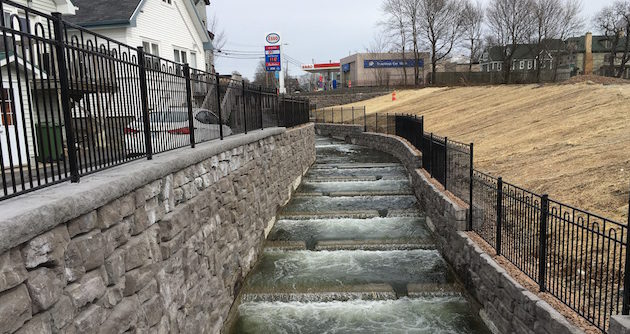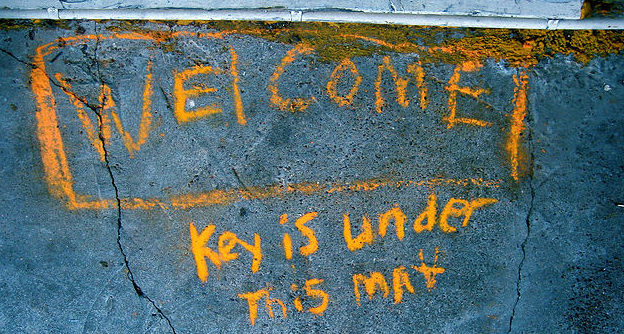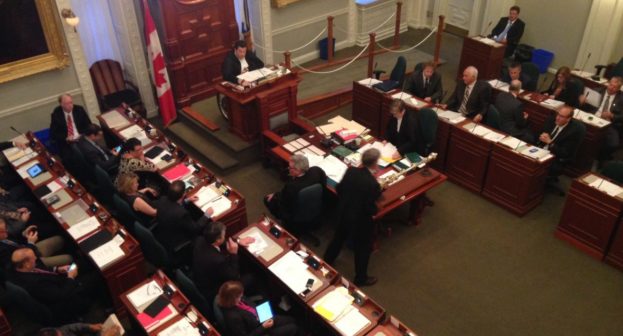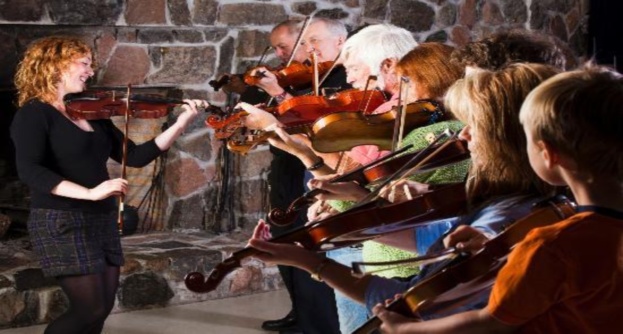Phase I of daylighting the Sawmill River in Dartmouth, Nova Scotia has just been completed. It is just a short walk from where I live. Citizens, many of whom who advocated for the project, are excited to have a glimpse of what had been hidden for 40 years.
Daylighting a river or stream involves bringing a natural watercourse, buried underground in a culvert or pipe, up above ground. The goal is to restore it to a more natural state where the sun can shine on it. Possibly fish can return to using it too.









